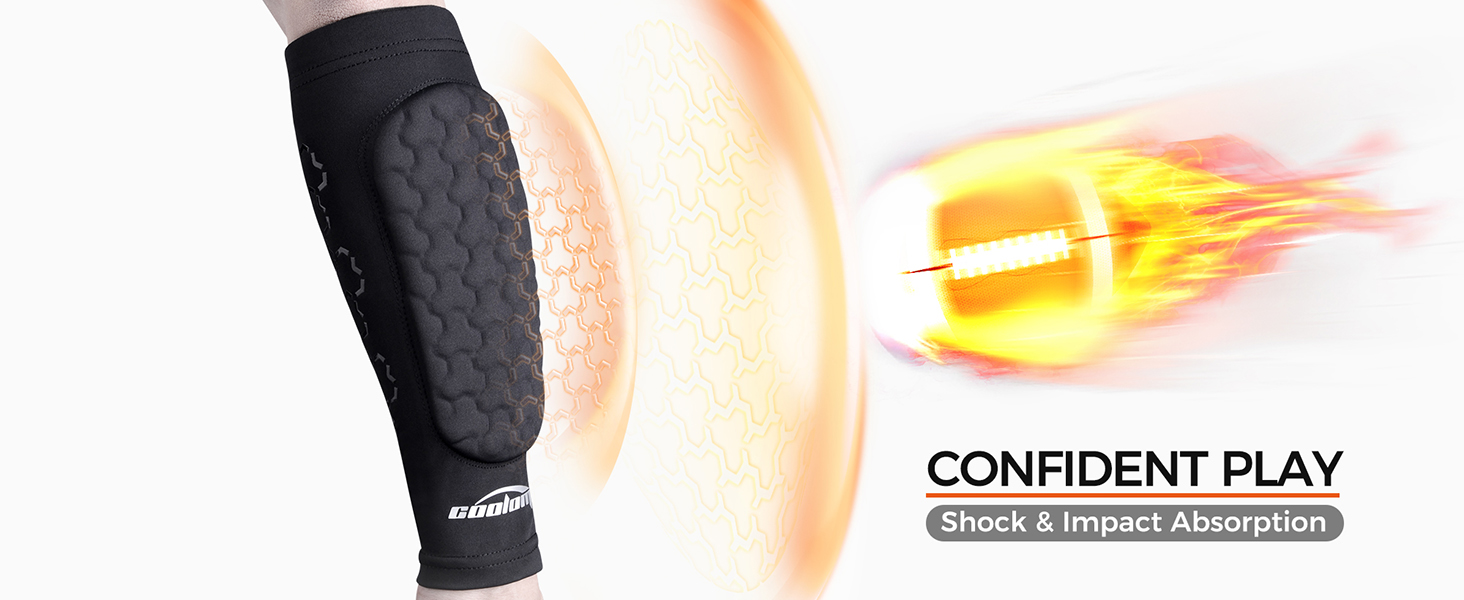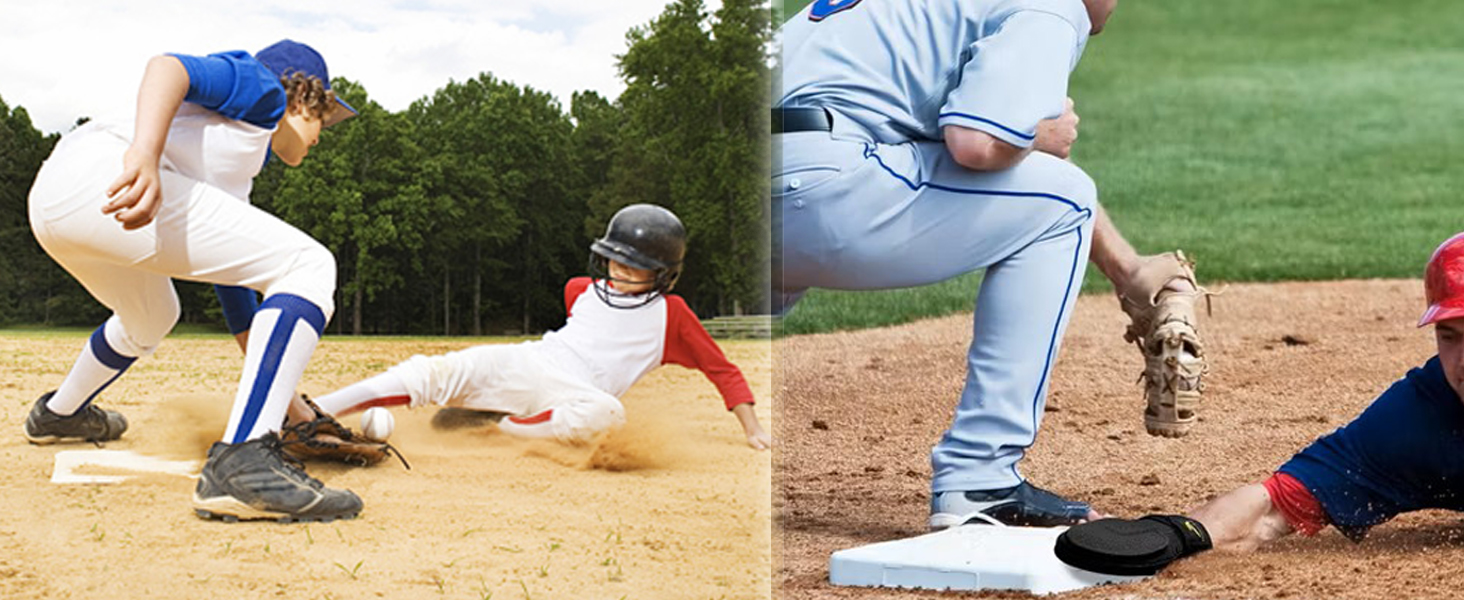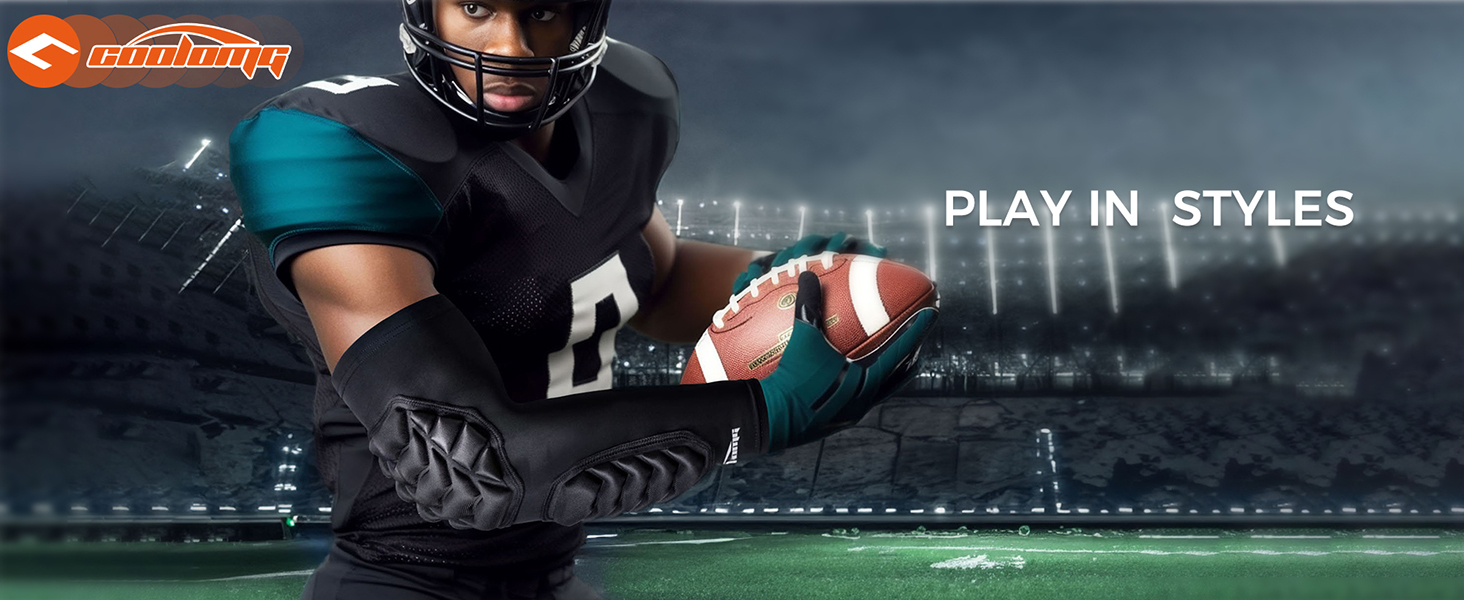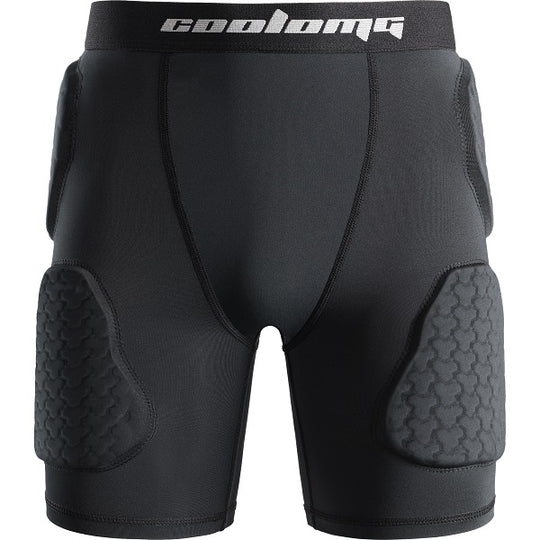Why Padded Arm Sleeves Are Becoming Essential in Contact Sports

Strong 8k brings an ultra-HD IPTV experience to your living room and your pocket.
In recent years, the landscape of contact sports has been evolving, with a growing emphasis on player safety and injury prevention. Among the innovative protective gear gaining traction, padded arm sleeves have emerged as a crucial piece of equipment for athletes across various disciplines. These sleeves, designed to offer a balance of protection and flexibility, are revolutionizing the way athletes approach impact protection and performance enhancement in high-intensity, contact-heavy sports.
Padded arm sleeves are compression sleeves with strategically placed padding, typically made from materials like foam or gel. These sleeves cover the arm from the wrist to the upper arm, providing targeted protection to vulnerable areas such as the elbow and forearm. As athletes and coaches become more aware of the benefits these sleeves offer, their popularity in contact sports continues to rise.
One of the primary reasons for the increasing adoption of padded arm sleeves is their role in impact protection. Contact sports such as football, basketball, rugby, and lacrosse involve frequent collisions, falls, and impacts that can lead to bruises, abrasions, and more severe injuries. The padding in these sleeves acts as a shock absorber, dispersing the force of impacts and reducing the risk of contusions and other soft tissue injuries.
The elbow, in particular, benefits significantly from the protection offered by padded sleeves. As a prominent and frequently impacted joint, the elbow is susceptible to injuries ranging from minor bumps to more serious conditions like bursitis. By providing a cushioning layer around this vulnerable area, padded arm sleeves help mitigate the risk of both acute and chronic elbow injuries.
Beyond impact protection, padded arm sleeves contribute to performance enhancement in several ways. The compression element of these sleeves can improve blood circulation, potentially reducing muscle fatigue and enhancing recovery. This increased blood flow may also help maintain muscle temperature, which is crucial for optimal performance, especially in outdoor sports where weather conditions can vary.
Moreover, the snug fit of padded sleeves can provide proprioceptive feedback, enhancing an athlete's awareness of their arm position and movement. This improved body awareness can lead to better technique and performance in sports that require precise arm movements, such as throwing or shooting.
Another significant advantage of padded arm sleeves is their role in preventing abrasions and turf burns. In sports played on artificial turf or hard surfaces, falls and slides can result in painful skin injuries. The protective layer provided by these sleeves acts as a barrier between the skin and the playing surface, reducing the likelihood and severity of such injuries.
The versatility of padded arm sleeves is another factor contributing to their growing popularity. Unlike bulky traditional padding, these sleeves offer protection without significantly restricting movement or adding excessive weight. This balance of protection and mobility is particularly valuable in sports that require a full range of motion in the arms.
As the importance of injury prevention in sports continues to gain recognition, coaches and athletic trainers are increasingly recommending padded arm sleeves as part of standard protective gear. This shift is not only about preventing injuries during games but also about protecting athletes during intense practice sessions where the risk of overuse injuries is high.
The psychological benefits of wearing padded arm sleeves should not be overlooked. Many athletes report feeling more confident and secure when wearing protective gear, which can translate into improved performance on the field. This added confidence can be particularly beneficial in contact sports where hesitation due to fear of injury can impair an athlete's effectiveness.
Manufacturers are continually innovating in the design of padded arm sleeves, incorporating advanced materials and technologies to enhance their protective capabilities and comfort. Some sleeves now feature moisture-wicking fabrics to keep athletes dry, while others include antimicrobial properties to combat odor and bacterial growth.
It's important to note that while padded arm sleeves offer numerous benefits, they are not a panacea for all sports-related arm injuries. Proper technique, conditioning, and adherence to safety rules remain crucial in preventing injuries in contact sports. Padded sleeves should be seen as a complementary protective measure rather than a substitute for these fundamental safety practices.
As research into sports injuries and protective gear continues to advance, we can expect to see further refinements in the design and application of padded arm sleeves. Future iterations may include smart fabrics that can monitor impact forces or adjust their protective properties based on the intensity of play.
In conclusion, the rising popularity of padded arm sleeves in contact sports reflects a growing awareness of the importance of athlete safety and the potential for innovative gear to enhance both protection and performance. By offering a combination of impact protection and performance enhancement, these sleeves are becoming an essential piece of equipment for athletes looking to stay safe and perform at their best in the demanding world of contact sports. As this trend continues, we may see padded arm sleeves become as commonplace as helmets and mouthguards in the arsenal of protective gear for athletes across a wide range of sports.
Note: IndiBlogHub features both user-submitted and editorial content. We do not verify third-party contributions. Read our Disclaimer and Privacy Policyfor details.







